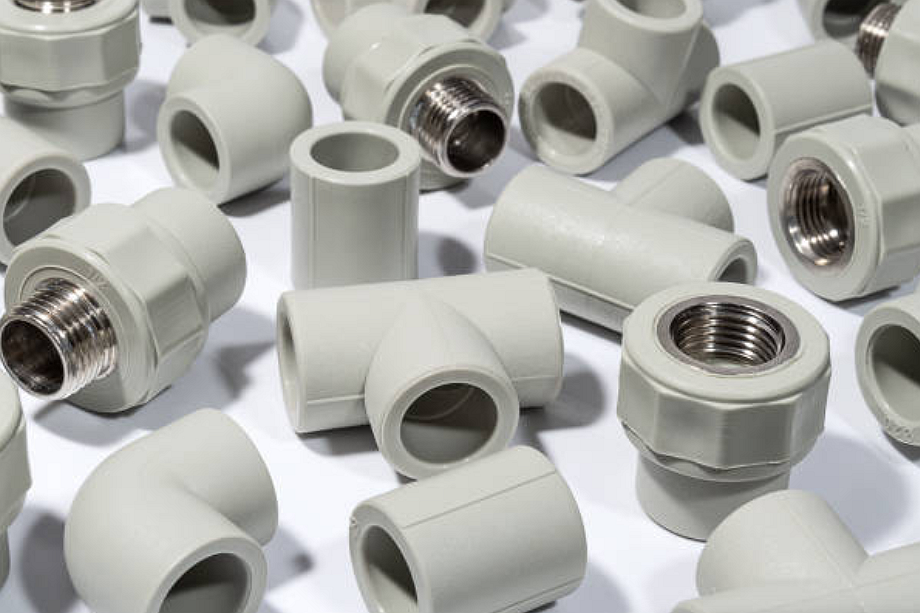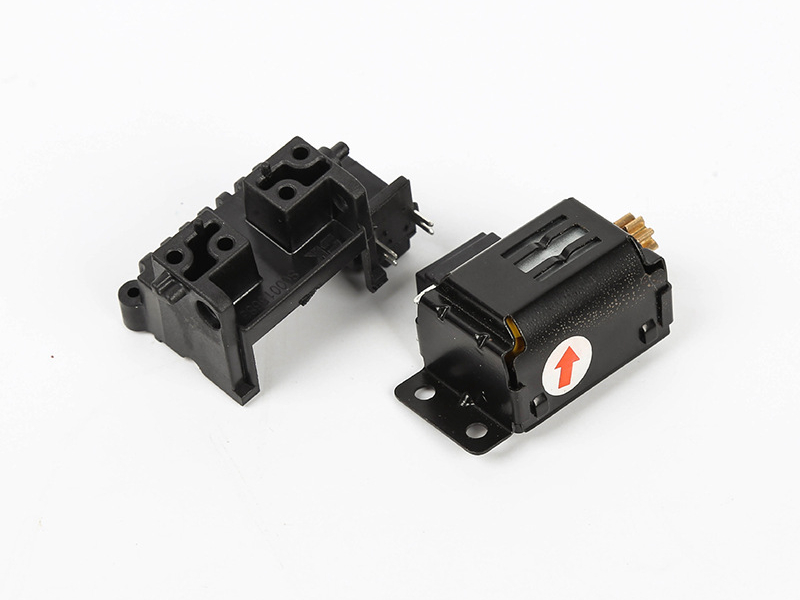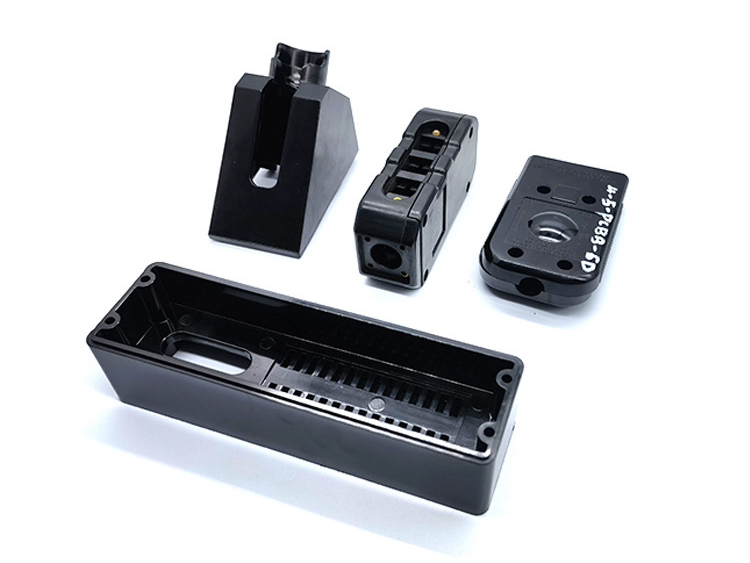What materials are used in insert molding?
Insert molding refers to integrating a pre-fabricated component into a plastic molding. The choice of materials - both the insert and the encapsulating resin - is critical for part performance. Below are the typical materials used:
Insert Materials
Since insert molding involves first making a distinct component that is then encapsulated in plastic, the inserts themselves can be manufactured from diverse materials.
Metal Inserts
Stamped, formed, or machined metal components are commonly used as inserts in plastic moldings. Brass, steel, aluminum, and copper alloys are typical. Benefits include strength, wear resistance, thermal conductivity, and electrical properties. Metal inserts can have threaded holes, fins, fasteners, or complex geometries.
Electronic Inserts
Pre-wired connectors, circuits, sensors, and other electronics are routinely inserted and molded into plastic housings for protection, isolation, and structure. This efficiently integrates electrical functionality.
Fabric Inserts
Fabric mesh, lining, labels, or panels are sometimes embedded into plastic casings using insert molding. This provides softness, insulation, and aesthetic options. The fabric must withstand molding temperatures and pressures.
Ceramic Inserts
Inserts made of ceramic, glass, carbon, or industrial diamonds take advantage of ceramics' hardness, electrical insulation, thermal properties, and chemical resistance. They are molded into components like pump housings.
Foam Inserts
Pre-cut foam elements of various densities are often encapsulated into protective cases and padding via insert molding. The foam provides cushioning and energy absorption for impacts and vibrations.
Wood Inserts
Wooden elements give an aesthetic natural look when encapsulated in plastic housings or casings. Wood simulates luxury but is lighter and lower cost than solid wood. Moldable stabilized wood types must be selected.
Other Inserts
Further, insert possibilities include pre-cut felt pads used in electronics, mesh screens for filtration products, ferrite magnets for coupling forces, and fiber-optic lenses for optical instruments.
Encapsulating Resin Materials
The material used to injection mold around and encapsulate the insert also varies widely:
Thermoplastic Resins
Engineering grade thermoplastics like ABS, PC, nylon, HDPE, and PBT are commonly used resins for insert molding. Benefits include strength, stiffness, creep resistance, and moldability. Filler or reinforcements are often added.
Thermoset Resins
Thermosetting resins like epoxy, phenolic, and unsaturated polyester can be inserted and molded. These provide high-temperature resistance and dimensional stability. Cure times are typically longer than thermoplastic molding cycle times.
Elastomers
Materials like thermoplastic elastomers (TPE), silicone, thermoplastic vulcanizates (TPV), and some polyurethanes can be used for inserts needing rubber-like properties. These provide flexibility, sealing, and soft touch.
Composites
Filled resins containing glass fibers, mineral fillers, or carbon fibers are popular for inserting molding high-strength components and housings able to withstand harsh environments.
In summary, insert molding allows huge flexibility in material selection for both the pre-fabricated insert and the encapsulating plastic resin. However, compatibility between the insert surface and resin is vital to achieve sufficient bonding and avoid delamination issues. The design should facilitate mechanical interlocking as well. With proper design and materials, insert molding enables high-performance integrated parts.



